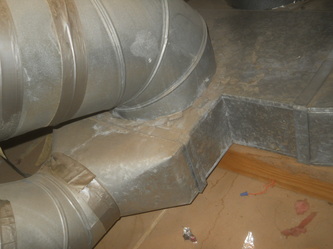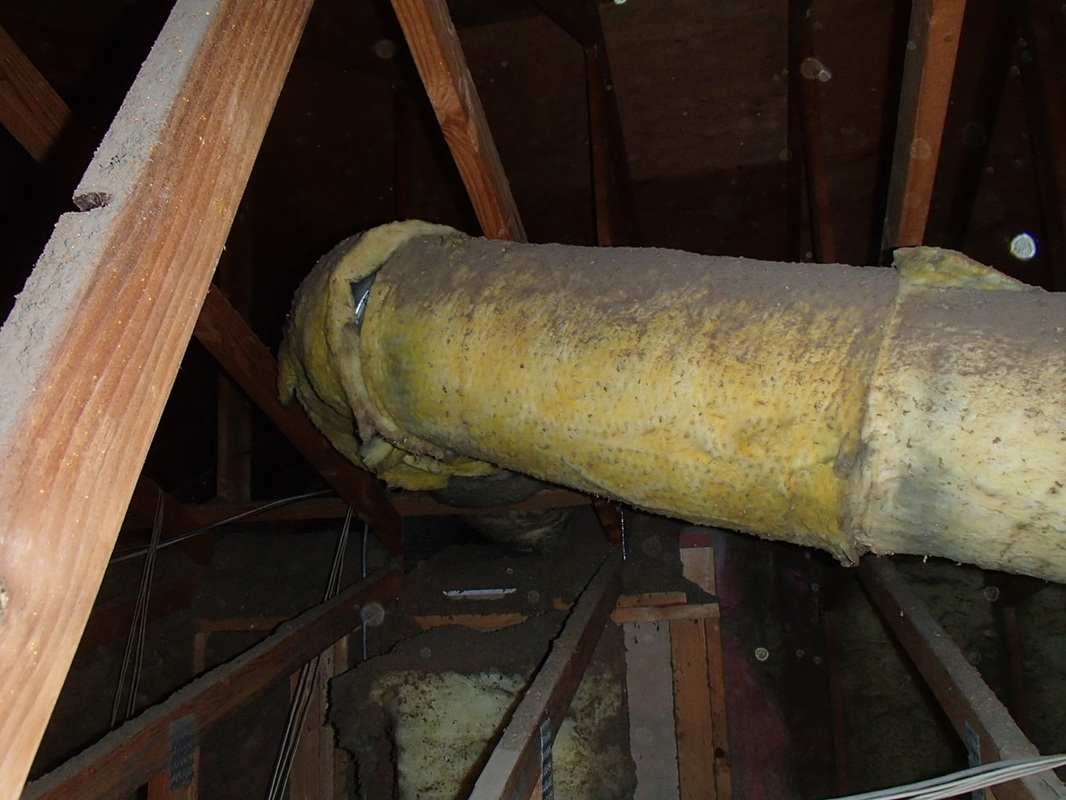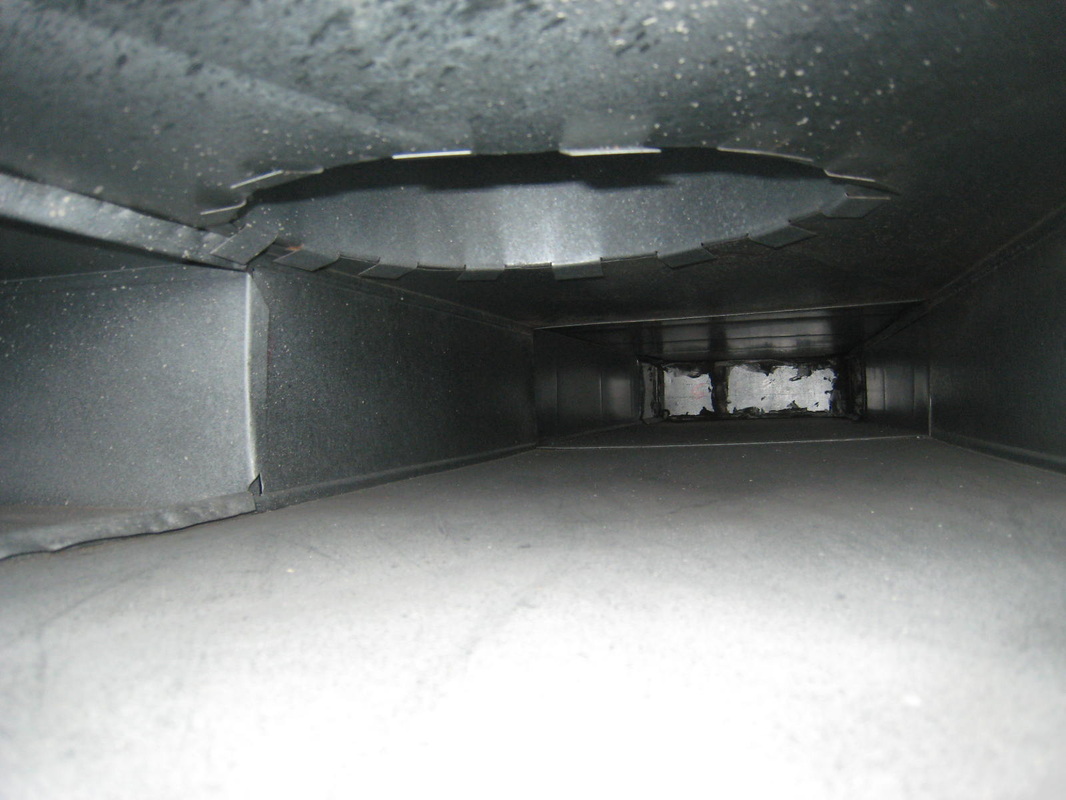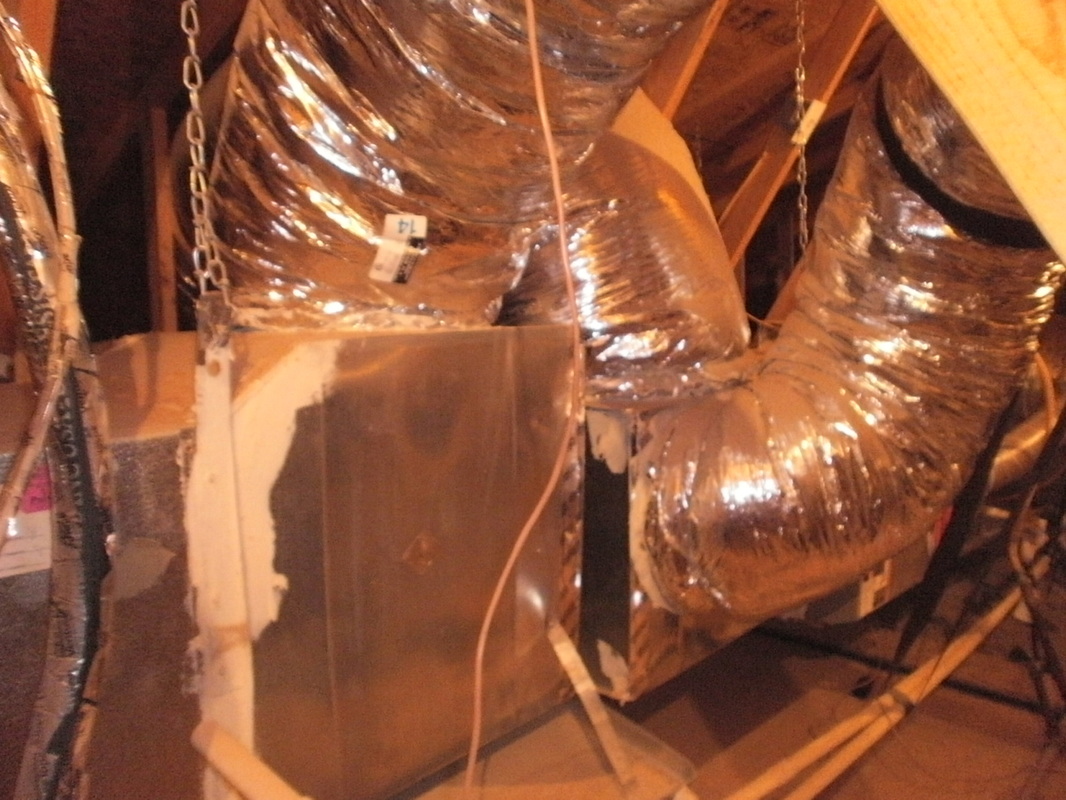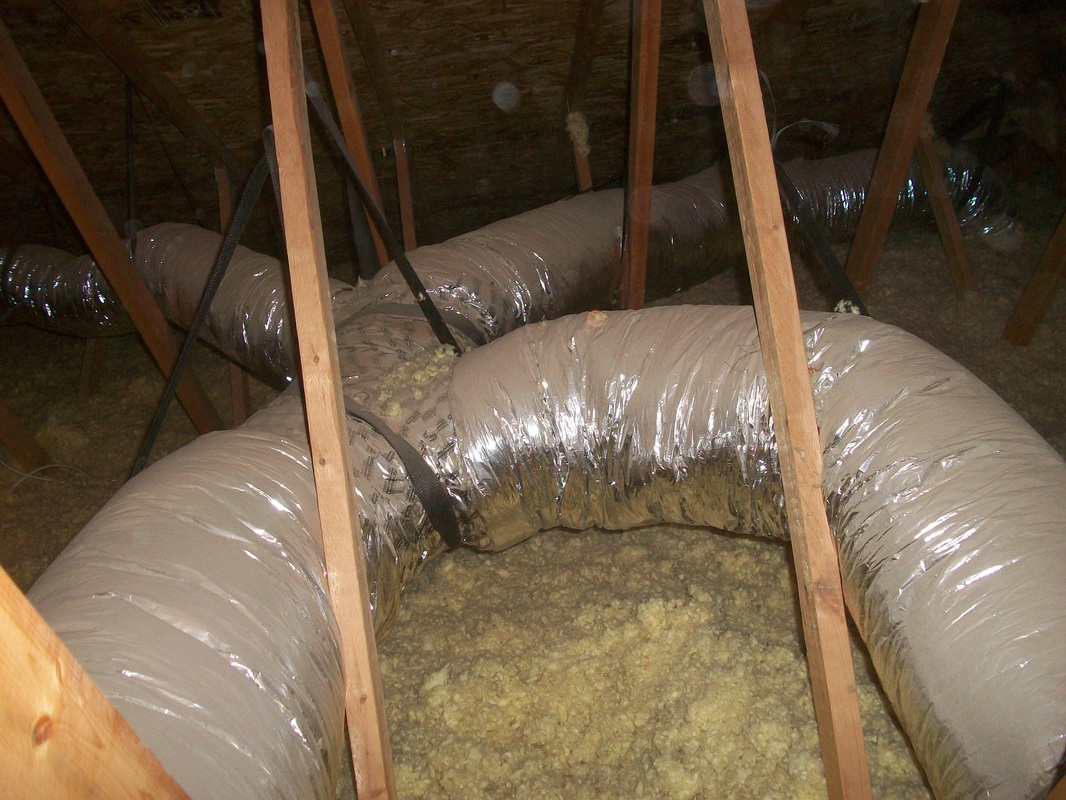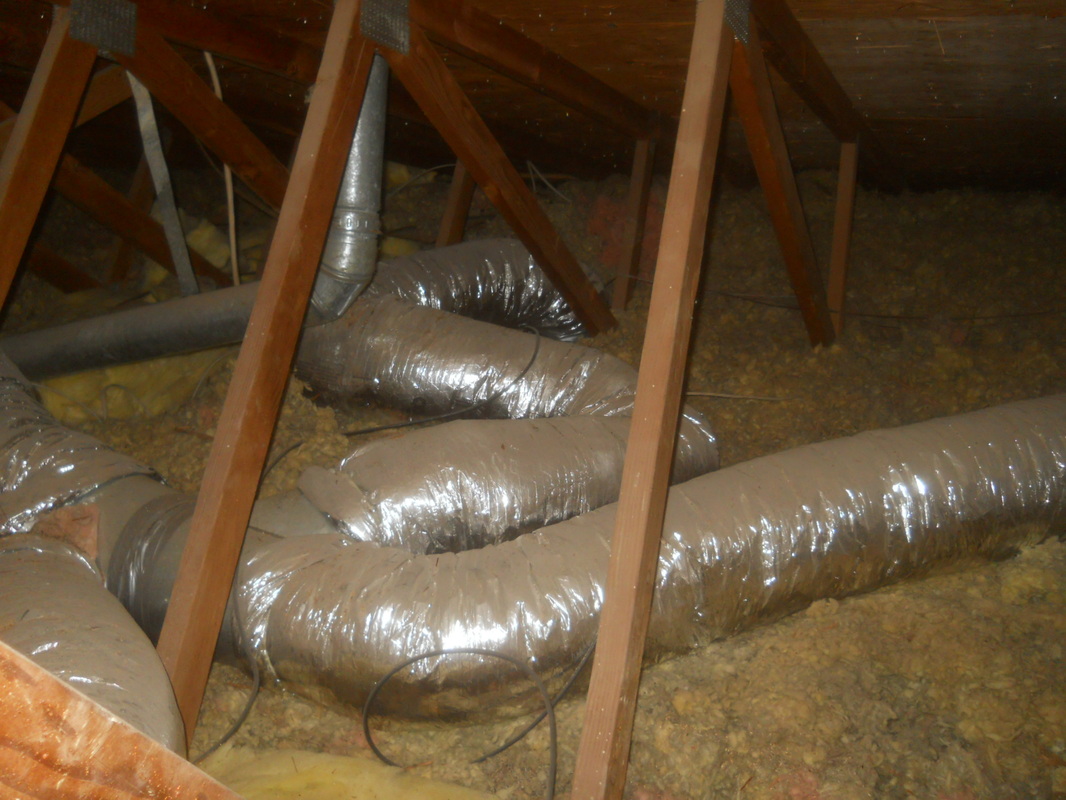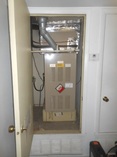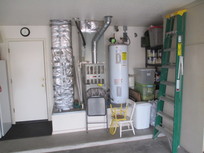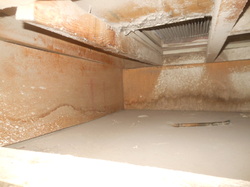Your Online HERS Rater Training Center
FREE HERS RATER PRACTICE EXAMPUT YOUR HOME PERFORMANCE BUSINESS ON ROCKET FUELENERGY AUDITOR NEWSLETTERGet the only Energy Auditor Marketing Newsletter with monthly strategies and tactics to grow your home performance business.
|
Buildings and Their Systems1. Identify Basic Duct Configurations and Components
There are two major types of duct configurations, sheet metal and flexible duct work listed below.
Sheet metal ductworkSheet metal duct work is better for airflow than flexible duct work because there are minimal friction resistance along the line plus there is less room for error during installation such as kinking a line, making it too long or routing lines that result in poor airflow. Sheet metal duct work in homes is found as either round or rectangular and sometimes even has dampeners to balance the airflow.
Common problems found with rectangular duct work is that:
Flexible duct workFlexible duct work is easy to install and comes insulated in either R-6 or R-8 wrap. Gray duct work installed in the 1970's begins to crumble and fall apart and should always be replaced. Common problems with flex duct work is:
PlywoodPlywood duct work is usually what makes the inside a return plenum as picture below.
Sheet rockIf you are so luck to find a home where the contractor used a sub floor or sheet rock chase as duct work, I wish you luck first getting the homeowner to do take action to fix it and actually fixing it. Sheet rock as duct work is rare but horribly leaky.
How to tell the supply from the return lines
Next Section2a. Building Components
2b. Conservation Strategies
2c. Comprehensive Building Assessment Process
2d. Design considerations
|


